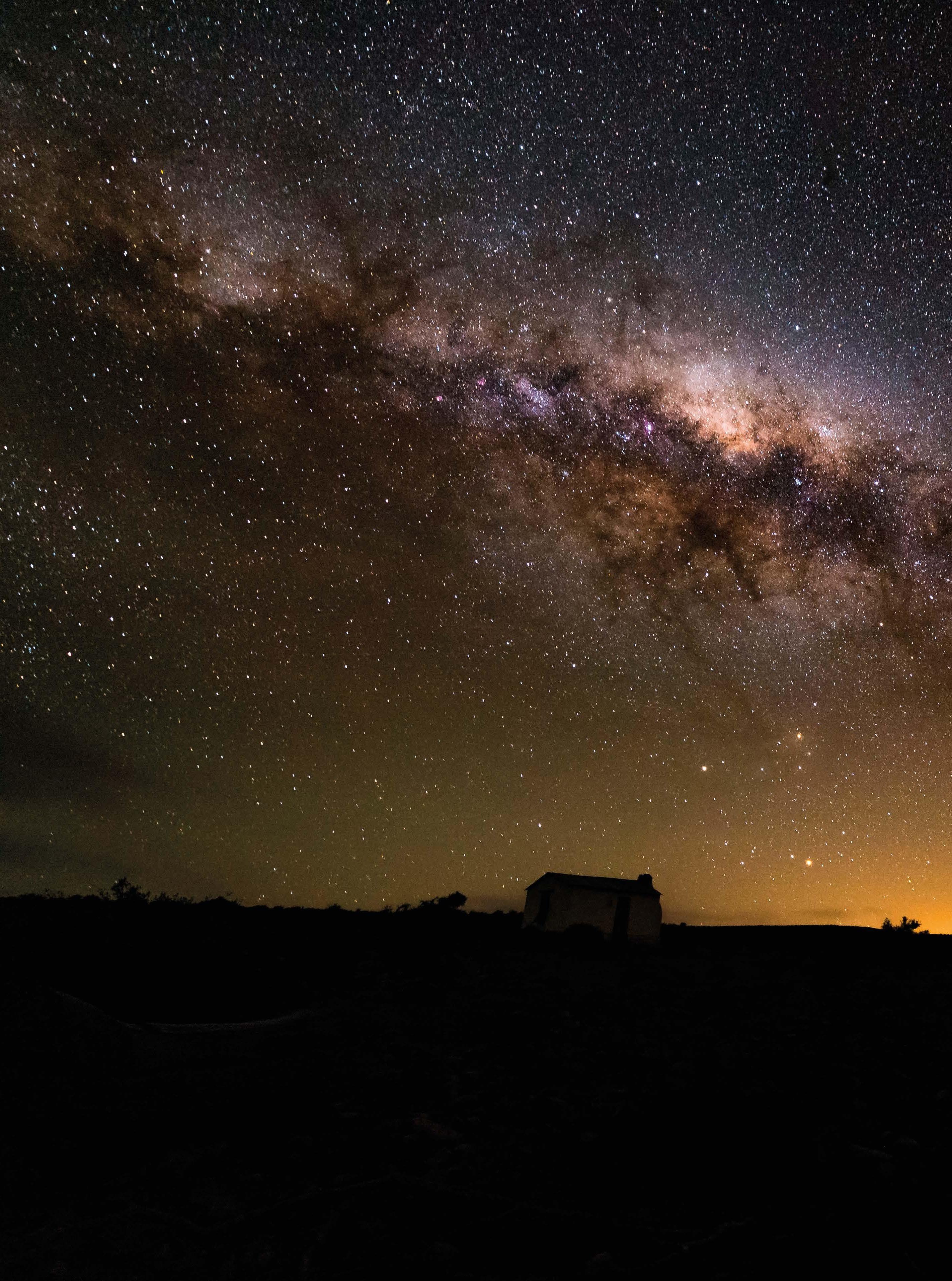
13 minute read
Dorp Driving
Dorp
‘Dorp’ – <noun> From the Afrikaans meaning a small rural town or village. Diving Philippa Rose-Tite & Shane Oosthuizen take you on a tour of their favourite small South African towns.
Advertisement
Our pace is frenetic. Days (and nights!) are filled with work, meetings, people, traffic, noise, and the city girl in me is delighted by all this tumultuous busyness. But every so often, in the darkest hours of the night, as I crouch over a bright laptop screen in a dark room, I think to myself, “This is some crazy madness! What am I doing? Why is it that only myself and the ladies of the night are up at this time working our proverbials off?”
It’s at around this time that the tequila starts to look better than the tea and then I know, it’s come. It’s time to leave this maddening world and escape to somewhere a little less manic and a little more relaxed, a little less latte, and a little more home-made milk tart.
Small towns get a bad rap. Uncouth, disorganised and unfriendly tend to be the attributes generally associated with small towns, but I disagree entirely. What is deemed to be unfriendly is – more often than not – just a wariness of strangers. It’s extremely easy to confuse the slower pace with a disorganised disposition and, of course, sophistication is what you make it. Small towns offer history, much of it so intertwined in the people and the town itself that visitors can’t escape without at least one interesting story in the local coffee shop.
Join me on a tour of some of South Africa’s best-loved small towns, and find your own soul again.
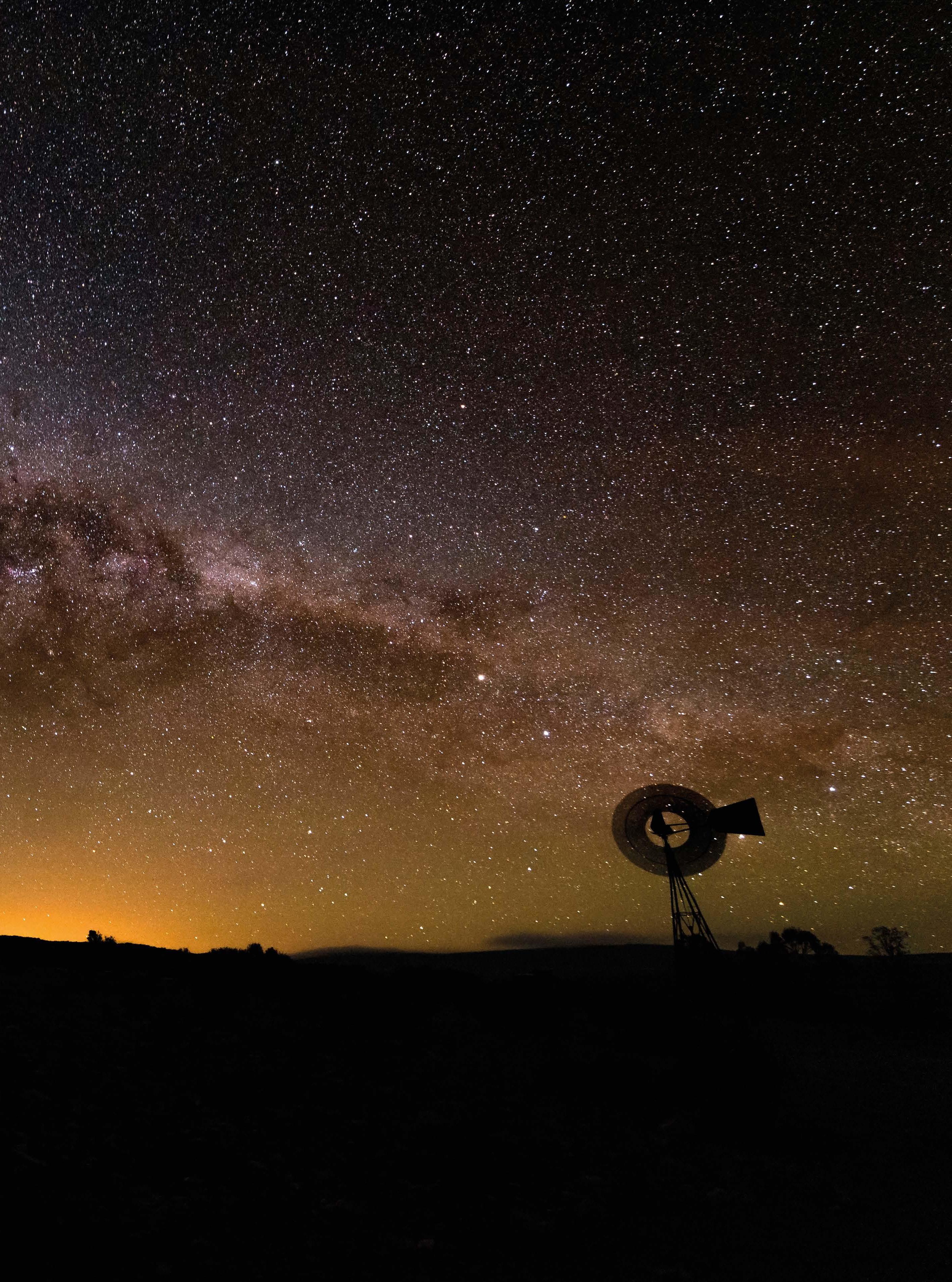
ranschhoek I’m going to ease you into this slowly, with one of the most popular and more “touristy” of the small towns I adore. Don’t get me wrong, when I say F touristy I don’t mean cheap, tacky and over-priced. I mean it’s completely geared for the visitor, and not only do they not mind strangers wandering about their streets, they actively encourage it. You want to visit for the beauty, but you want to stay for the food and wine! This picturesque little town lies cradled in a valley in the Cape Winelands and is but a hop, skip and a jump from Cape Town. The town itself boasts a strong French tradition and culture, dating back more than 300 years, to when the French Huguenots arrived, and this is celebrated in lavish and decadent style on Bastille Day when the entire town drapes itself in French culture and the festivals take to the streets. Accommodation is plentiful and, almost without exception, pretty. You can walk to local restaurants and there is so much to keep you busy (not least of all the tasting of the wines that come from this very valley).

Lucia St
This awesome KwaZulu-Natal Wetland Park - and World Heritage site - stretches along the Zululand coast from Maphelane in the south to Kosi Bay in the north, on the Mozambique border.
St Lucia has always been a much-revered saltwater fishing destination, with hippos still roaming the streets at night. Couple that with a quaint coastal village on what is ultimately an island, and the allure is easy to understand.
Surrounded by an estuarine system and the Indian Ocean, St Lucia forms part of the iSimangaliso Wetland Park - an astonishing variety of habitats from the Ubombo Mountains to grasslands, forests, wetlands, mangroves and ancient dunes, magnificent beaches and coral reefs
There is an actual sign near the estuary requesting that tourists must please refrain from feeding the crocodiles. That’s the wild crocodiles, with enormous teeth and sour dispositions. Apparently people need to be told!

Prince Albert
Prince Albert is one of the few places where you can explore beautifully preserved Cape Dutch, Karoo and Victorian buildings from the 1800s. So well preserved in fact, that 13 of them are listed as national monuments.
Prince Albert, taking its name from “Naar zijne Hoogheid” - his Royal Highness, is well situated for overnight stops on long road trips from Gauteng to Cape Town. But you might just end up staying a little bit longer once this charming little village takes hold.
Prince Albert is known all over the world for its sun-ripened dried fruit, and its champion Angora goats, along with other local delicacies like Karoo lamb, olives, olive oil and homemade cheeses.
Venture a little further out of town and take a trip up the Swartberg Pass, down the protea-lined Gamtaskloof and into De Hel, and stay in the original homes of the families that worked the land in the 1800s.


Photography: Peter Titmuss
Clarens
I didn’t visit this little hamlet until about five years ago, and then I had to wonder why I hadn’t been before. Nestled below the Maloti Mountains in the Free State, Clarens is a hive of gastronomic delight. Combine this with the beautiful environment and it’s easy to understand its popularity. You can spend the morning sipping fragrant, freshly brewed coffee over a delectable breakfast, then go for an easy stroll in the mountains, returning just in time to sit in front of a roaring fire, sipping wine and reflecting on the passage of time.
I love Clarens in winter. Sure it’s a little cold, but there is that rare and most cherished oddity in Clarens at around that time. Snow. In Africa, that’s almost untenable! For a truly magical experience, book The Clarens Castle, which comes complete with Rapunzel’s tower and is just the most magnificent place to lay your weary head after a day of snowball fights, wine and walking.

aternosterP
Of all the fishing villages in the Cape, Paternoster should be the first on your bucket list.
As one of the oldest fishing villages in the area, it’s known for its multi-coloured fishing dinghies lining the beaches. Paternoster is as picturesque as a coastal village could possibly be. From its unique architecture, to its explosive palate of colours, it’s a photographer’s fantasy come to life.
This little town also caters for the foodie among us, with world-renowned chef Kobus van der Merwe – of Oep ve Koep bistro fame – making it home, among other people.
And while you are there, be sure to visit the last manned lighthouse built on the South African coast. Or the wreck of The Lisboa which ran aground on 23 October 1910. It’s the perfect “get lost” holiday, with long white beaches to laze on or walk along, little nooks and crannies that beg to be explored and, of course, to soak in just a little of that South African sunshine.
Nottingham Road
While Nottingham Road in KwaZulu-Natal continues to be a favourite among the tourist set, few people know of its rich history. In the 1830s, an aptly named regiment of soldiers called the “First Sherwood Foresters” were dispatched to the region to try and limit stock theft. At that time, the mountains were home to indigenous San tribesman – who incidentally found a rare and welcomed food source in the form of British sheep and cattle.
The soldiers went on to name the village Nottingham Road after their English Midlands home.
Today, Nottingham Road is the de rigeur weekend destination for the budding fly fisherman and mountain explorer, with the annual Sherwood festival drawing crowds year on year.
Notties, as it is fondly known, has also played host to a number of film crews, with Disney’s Racing Stripes filmed at a stud farm not far from the town centre. The brave can even stay at the famous Nottingham Road Hotel, where it’s said ghosts roam the halls at night.


Dullstroom
Contrary to everything the name promises, this little town is anything but dull. It’s picturesque in the extreme, and offers a host of activities to keep the keenest of adventurers busy. But then it’s also the little town that boasts of the Annual Sheepdog Trials, the fishing, the wildflower tours and Tonteldoos’s Cheese and Yarn Barn. We just adore that most of the pubs are dog friendly, being caretakers of a number of hairy dependents that object to being left at home when we travel, and it’s exceptionally family friendly, catering for ankle biters of the human variety as well. The area is noted for its fishing, so if you need a little break on your drive from Joburg to the Kruger National Park, this is definitely the place to stop off and pull on your fishing shoes!
One of the great things about Dullstroom is that you can use it as your base to visit some of the great attractions in the Mpumalanga region of the country. Pilgrims Rest (a quaint, historic little mining town offering a glimpse into the African gold rush), Hazyview (home to gorgeous waterfalls, forests, the Blyde River Canyon and God’s Window), Sabie (again a naturist’s dream overflowing with forests, waterfalls and even the ever-elusive black leopard) and Graskop (a must-see for the Bourkes Luck Pot Holes and Mac-Mac Falls).
utherlandS
Although famous for its large telescope and cold winters, Sutherland was founded in 1858 as a church and market town to serve the district’s sheep farmers. The small Karoo town owes its name to Pastor Henry Sutherland, who oversaw the religious wellbeing of the community.
Sutherland is famous for its warm hospitality, snowy winters, starlit nights and dramatic landscapes. But more than this, the true wealth of Sutherland lies in its people.
While most natives of Sutherland are Afrikaans speaking, the majority of the populace speaks English as a second or third language. What their English may lack in polish is amply compensated for in sincerity and warmth. And thanks to their convivial country hospitality and old-fashioned manners, they won’t hold it against you if you happen to mangle their language in return. Always useful for a girl who scraped her way through the language in school and is frankly embarrassed by how little has been retained over the years.
Sutherland has a fascinating history, unique natural assets and numerous outdoor activities, all of which combine to make it one of our most charming small towns.

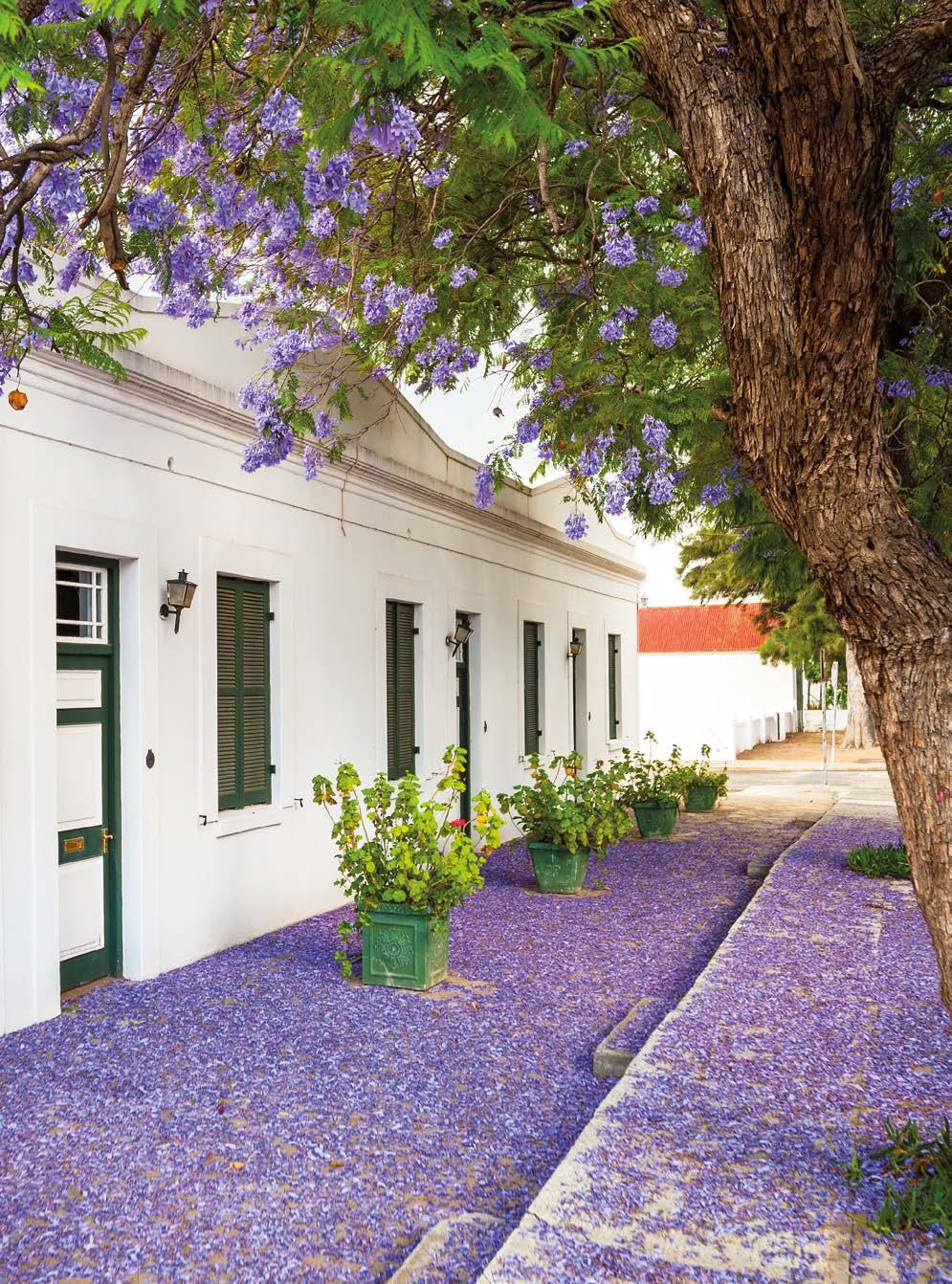
ugrabiesA
Derived from the Khoi word “Aukoerebis” meaning “Place of the Great Noise”, Augrabies is home to one of the world’s largest waterfalls (56m), which explains the thundering racket.
Rugged and barren, the Augrabies Falls National Park region is also home to the Nama people and is lucky enough to contain a great diversity of wildlife from springbok to leopard.
This region’s flora and fauna have developed unique adaptations to survive the extreme temperature fluctuations ranging from freezing to sweltering. Only the strongest can survive in this beautifully tough part of South Africa.
Guests can explore the craggy outcrops of Moon Rock, Ararat (a viewing spot where you can see the gorgeous black eagle) and Echo Corner. If you are needing to get a little perspective on how you fit into the world, the enormous Orange River Gorge will certainly help you!
GraaffReinet
With one of Southern Africa’s richest histories dating back to 1786, Graaff-Reinet is the fourth oldest magisterial district in South Africa and is often referred to as the “Gem of the Karoo”.
This beautiful heritage town is just about the only one in South Africa that is virtually surrounded by Camdeboo National Park, home to the world-renowned Valley of Desolation. The environment is so natural that herds of buffalo often have to be shooed off the high school rugby field.
The town has more than 220 heritage sites - many of these being private dwellings. As a destination, Graaff-Reinet is the ideal place to truly find yourself.
Whether you choose to experience a tranquil farm stay, go wildlife viewing or even take a relaxing stroll through the area Graaff-Reinet is a little like stepping back into a simpler time, and who couldn’t benefit from that?

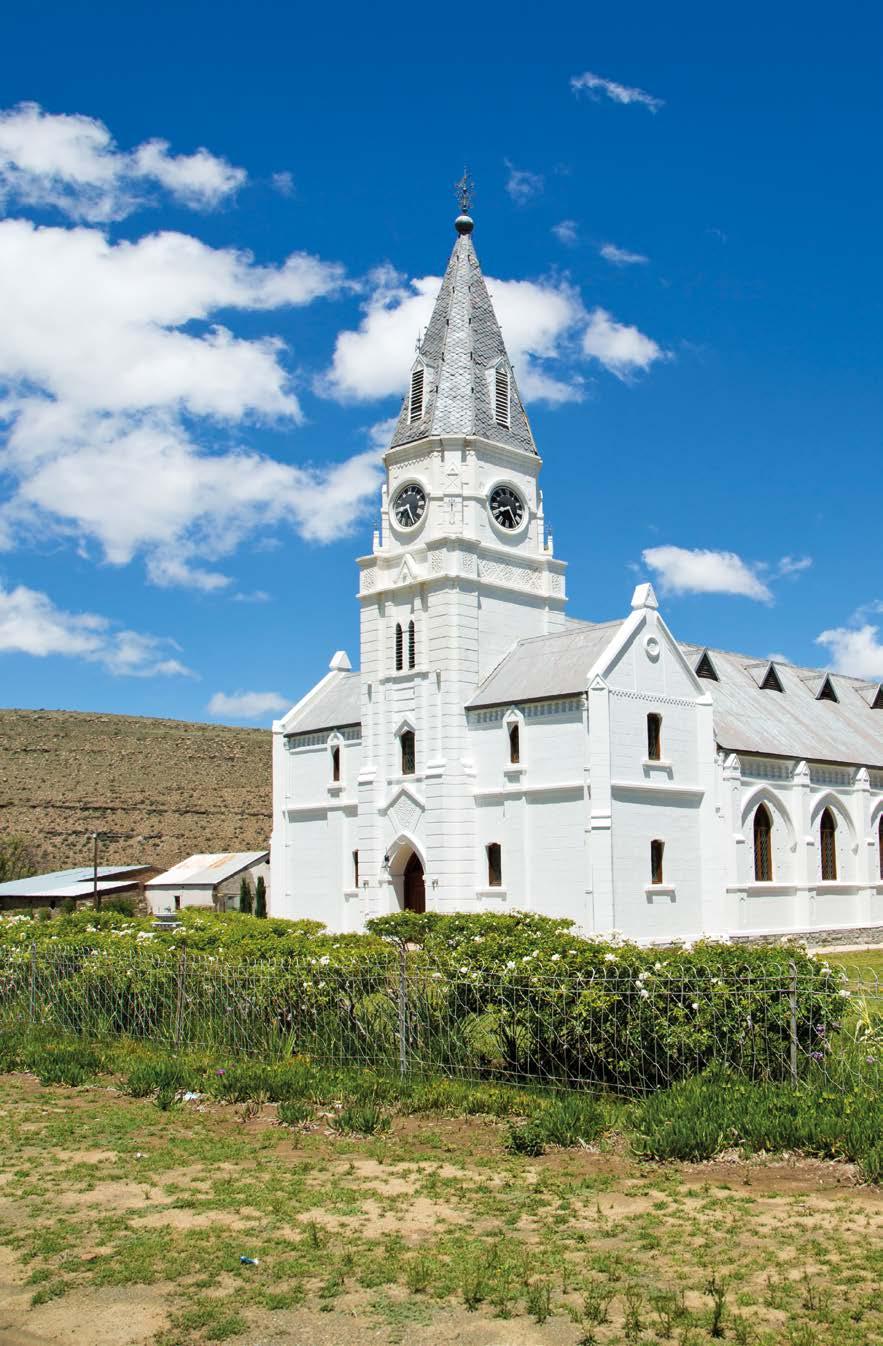
ogsbackH
Sprawled across the plateau of the mighty Amatola Mountains, Hogsback is the perfect place for those looking to unwind.
This village can be found high up and surrounded by centuries-old indigenous forests. It has a dramatic natural beauty, with views that look out at steely mountains, broken only by slivers of silver in the shape of waterfalls.
And what of the name? Therein lies the mystery hidden in this beautiful place of mist-wreathed forests and fantasy.
Hogsback offers those looking to break away a plethora of activities such as hiking, mountain biking, horse riding, bird watching, and mountain climbing. Or you can simply relax and drink in its truly amazing scenery.
Nieu Bethesda
Nieu Bethesda is one of the few places in South Africa that can honestly be called “a hidden gem”.
Hidden on a dirt road that defected from the N9 highway, Nieu Bethesda appears like an oasis at the foot of the Sneeuberge Mountains along the banks of the Sundays River.
Upon driving into the town, you’re met with an almost western feel. You half expect to see a saloon at the end of dusty streets, and a duel at midday. Nieu Bethesda shares an eclectic mix of residents, with many taking advantage of the tourist traffic. None more so than Helen Martins, creator of the mystical and unforgettable Owl House and Camel Yard, who has immortalised Nieu Bethesda.
Be warned though, just as it appears to be steeped in time, in some cases it is, with nary an ATM or card machine facility to be seen.

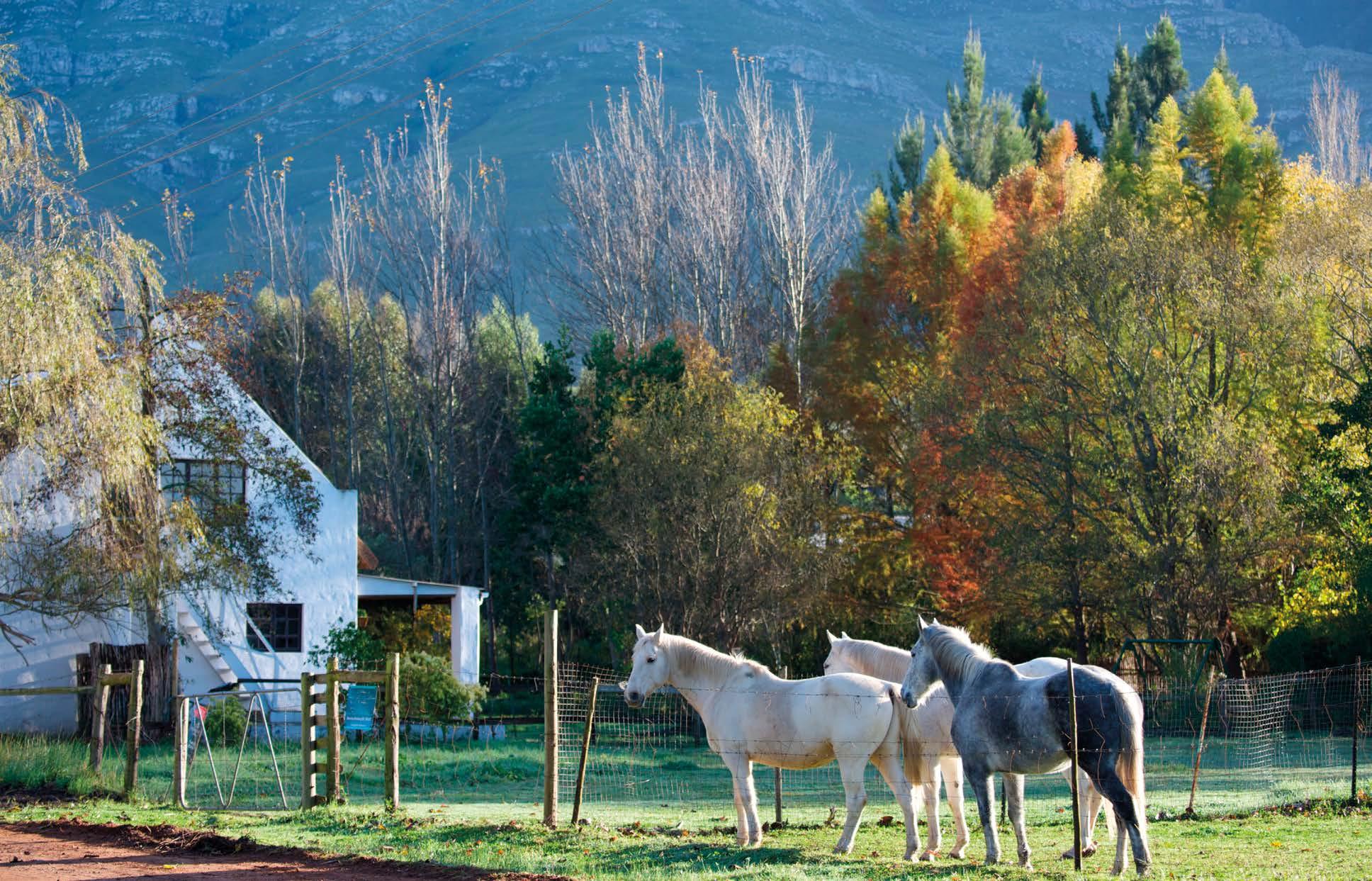
reytonG
Now being a Rose myself, I was naturally attracted to the annual Rose Fair which takes place in October in Greyton. Imagine a festival filled to overflowing with gorgeous blossoms, the smell of freshly baked treats wafting through the air as music plays and children romp in the streets.
Greyton is truly a step back to a more civilised and more humane time, with a strong sense of community. There is a market every Wednesday morning where locals get together to swap or sell local and organic produce, a town kraal, dipping tank (for the townies among us, that’s for the anti-flea dipping of sheep and cattle), and even a town blacksmith. The architecture has remained largely untouched and the town feels historic, with many of the original buildings still standing (that’s from around 1840). Even the original leiwater (irrigation) system of street furrows can still be found.
Naturally this means that there are a plethora of weddings held here, and the locals don’t seem to mind this at all. I love this town. I love the prettiness, the history, the bike trails, the absolute dedication to living in the now, and living with humanity. If you need to find your soul, there’s no better place to start than the little town of Greyton.











